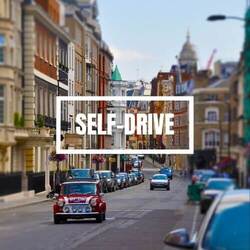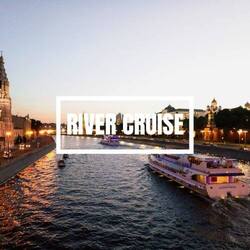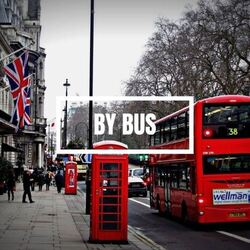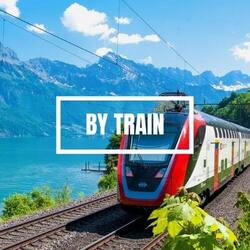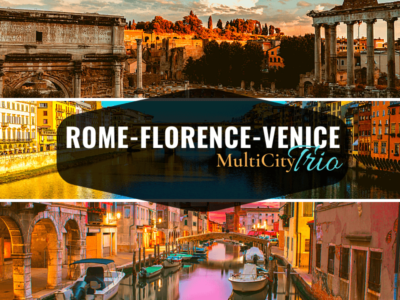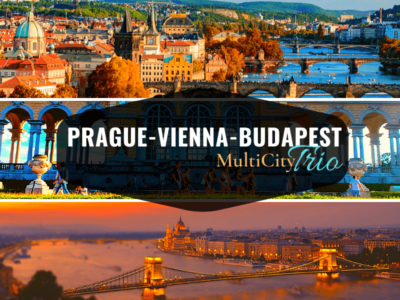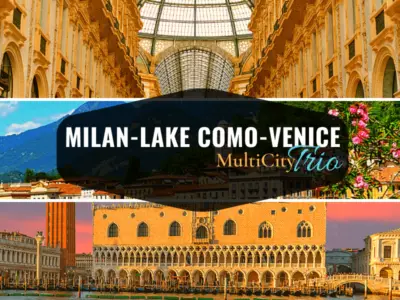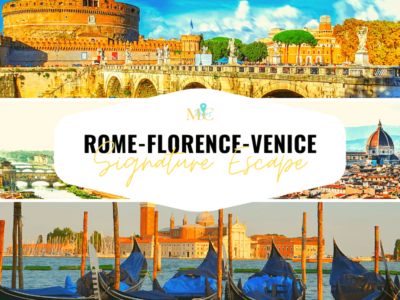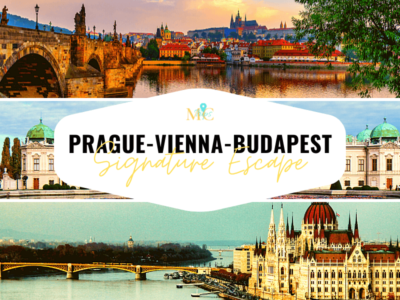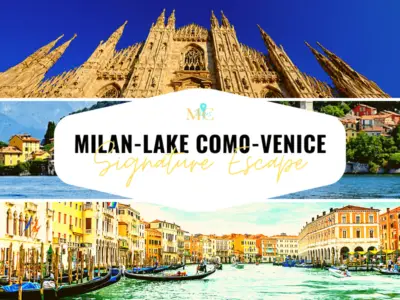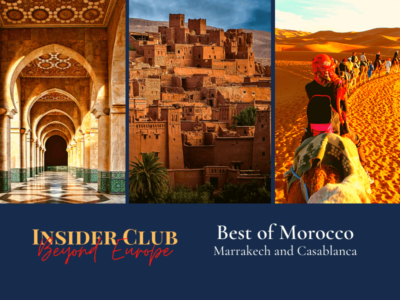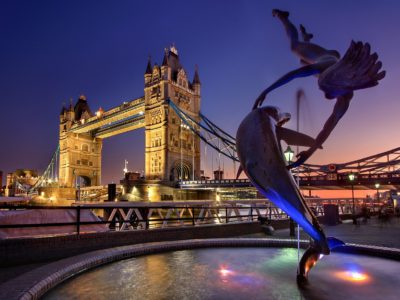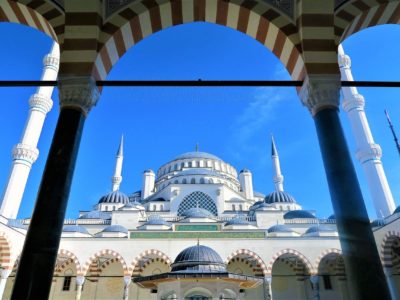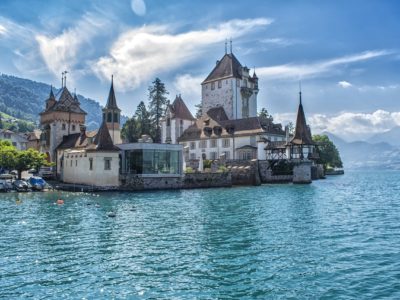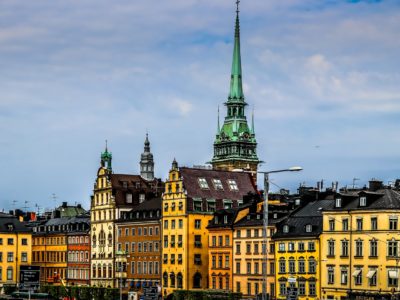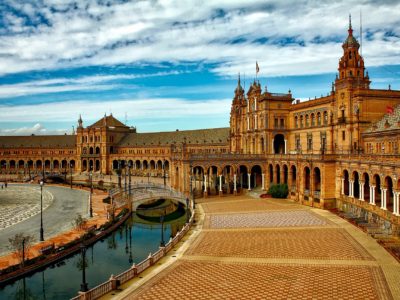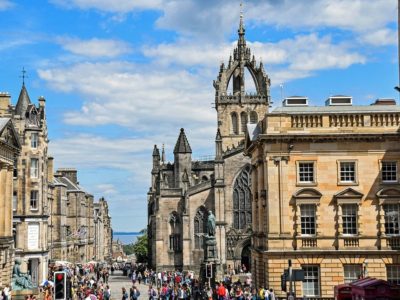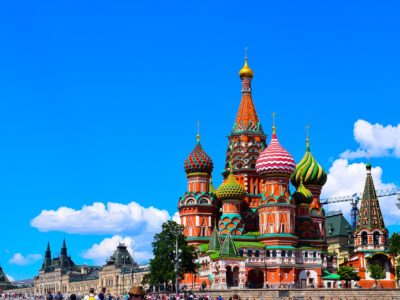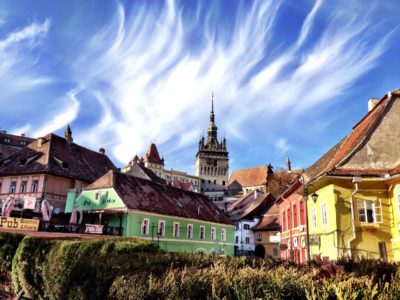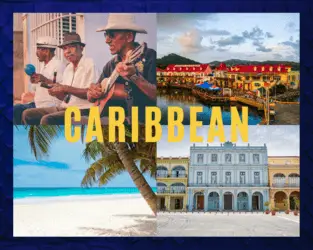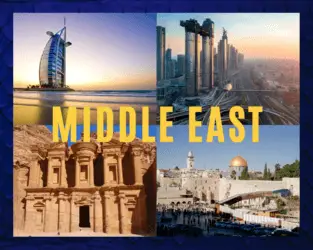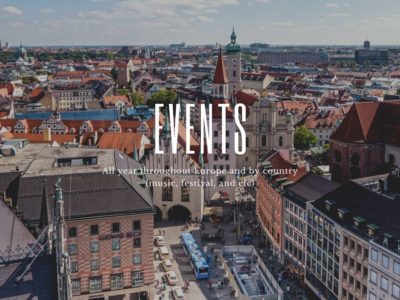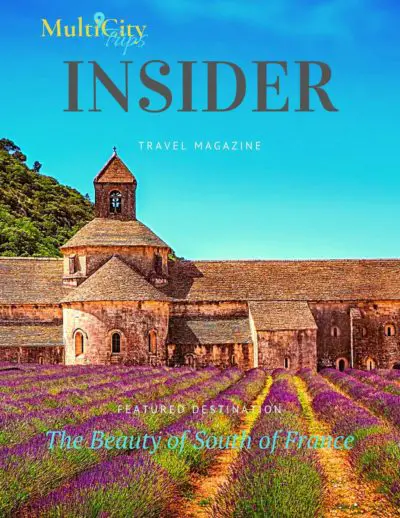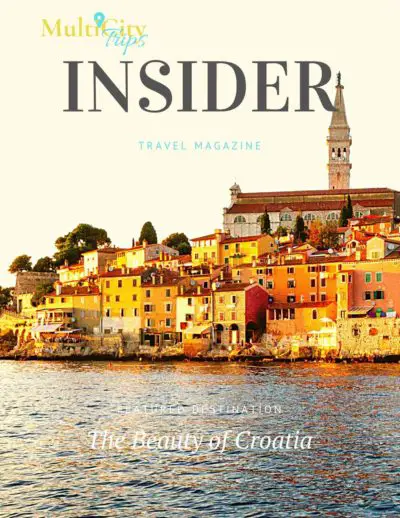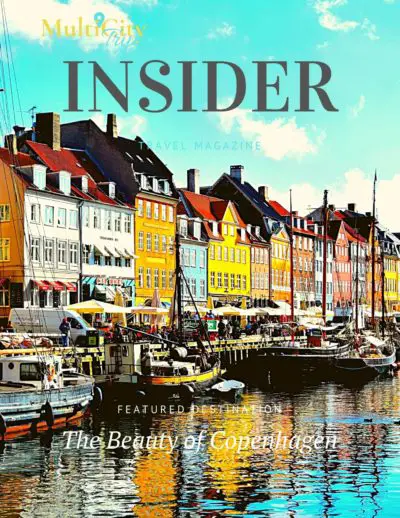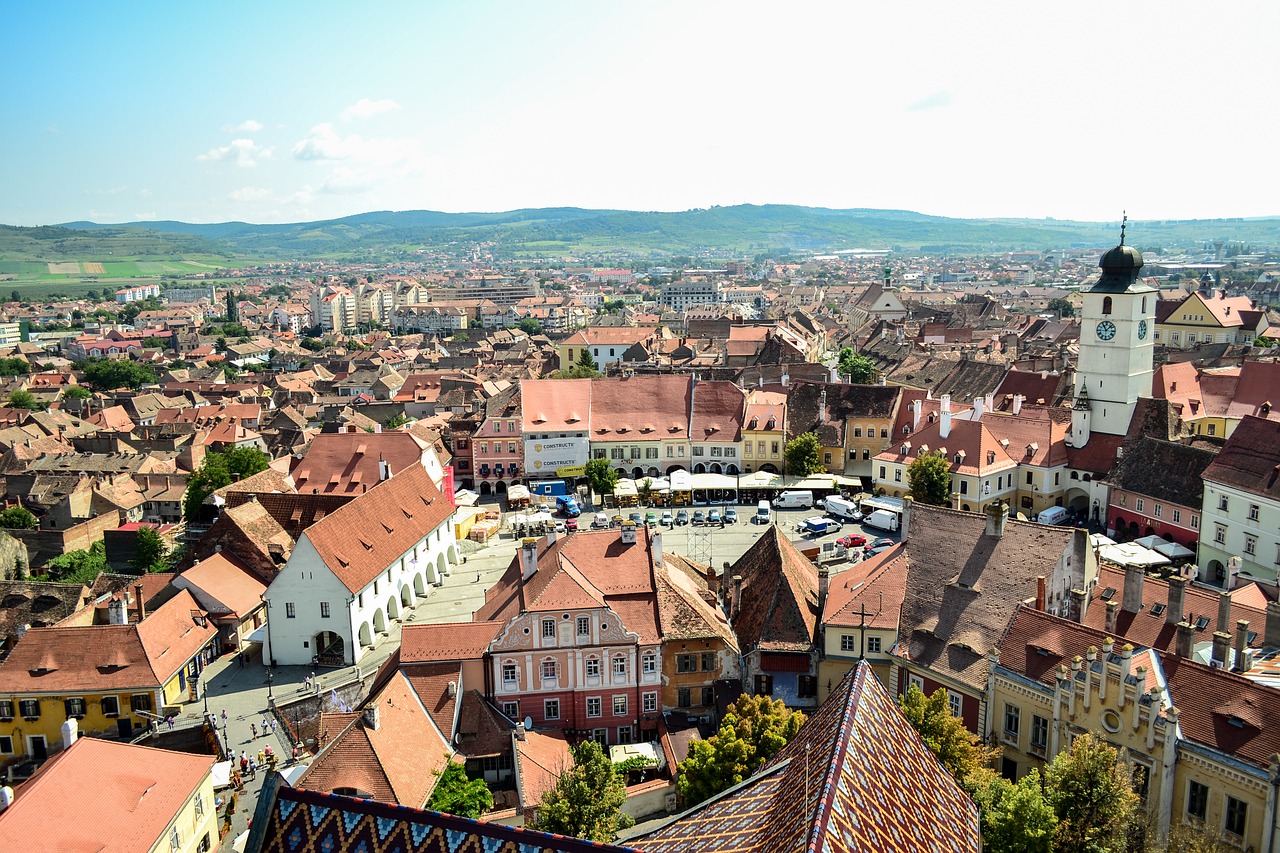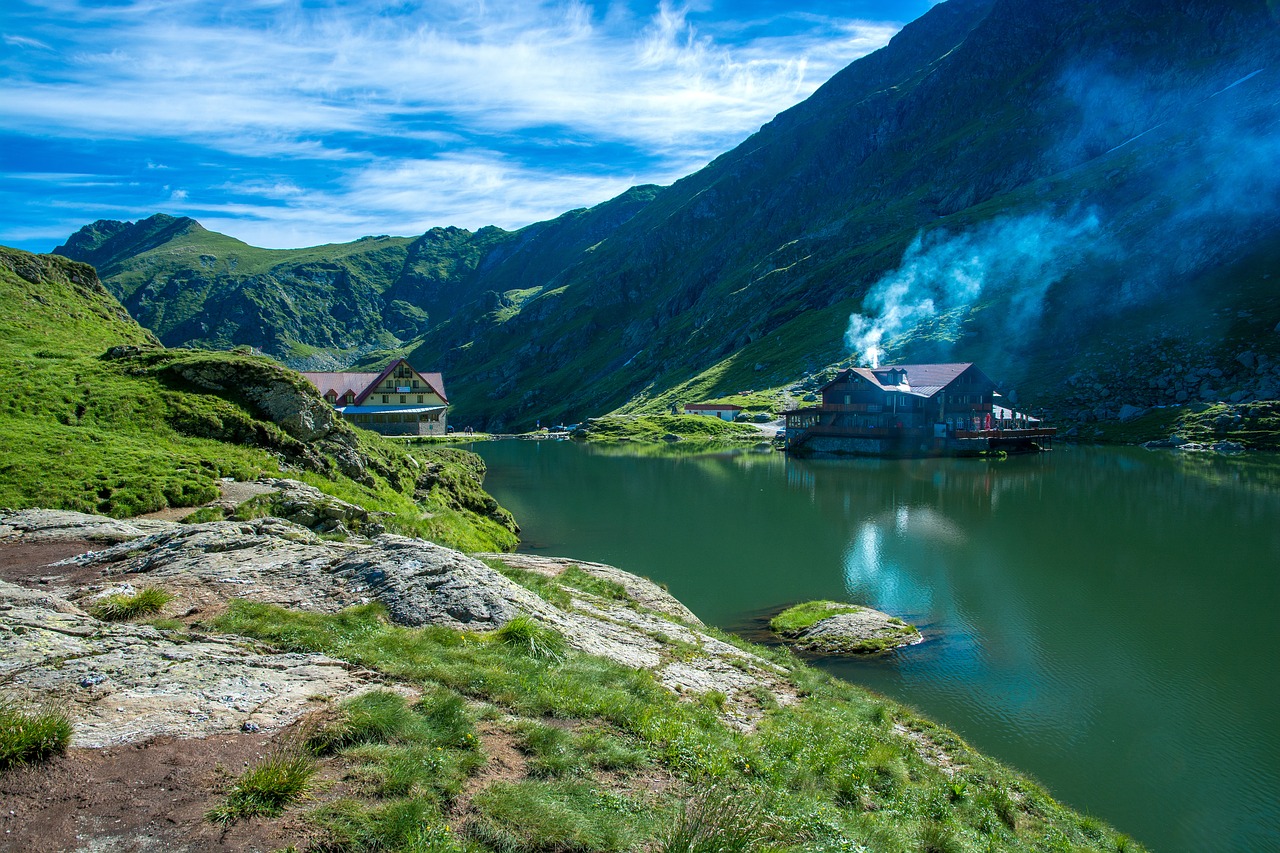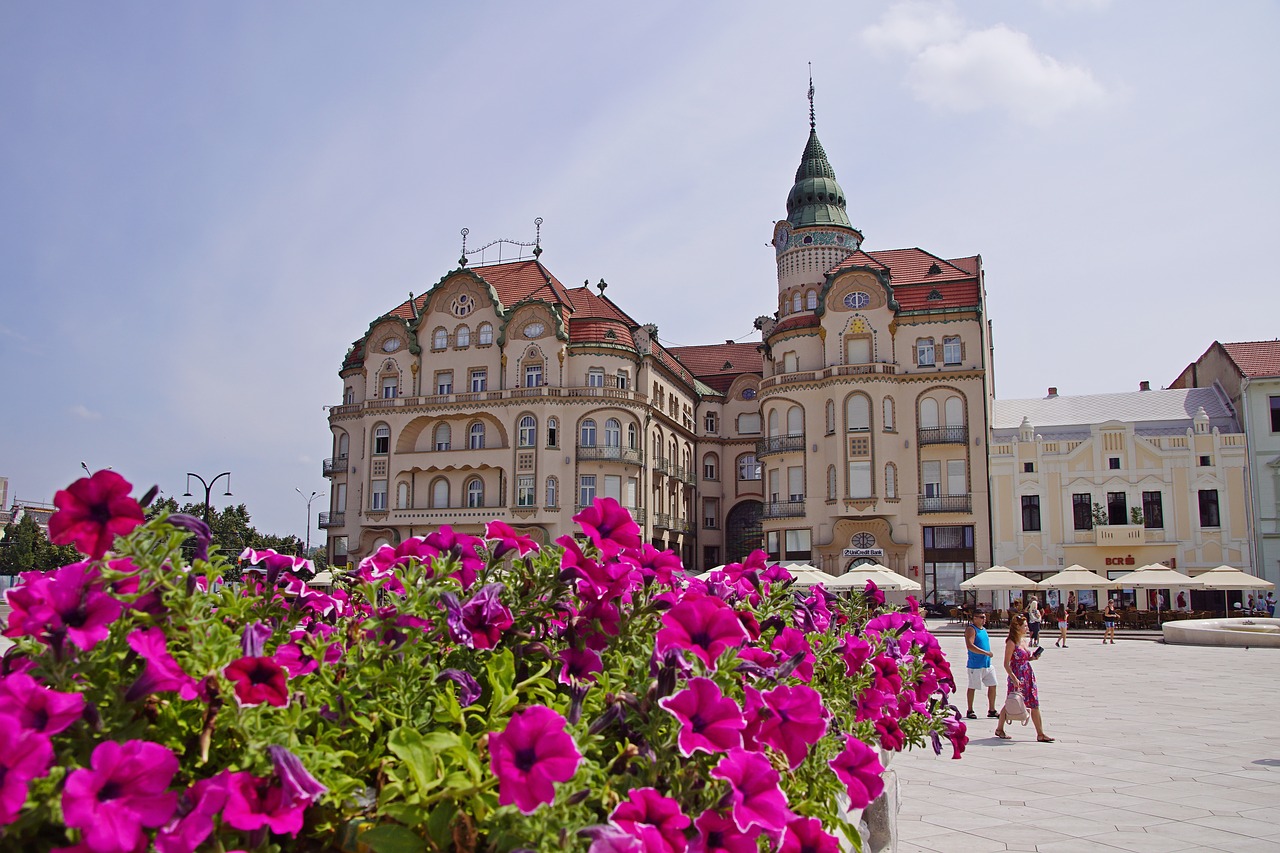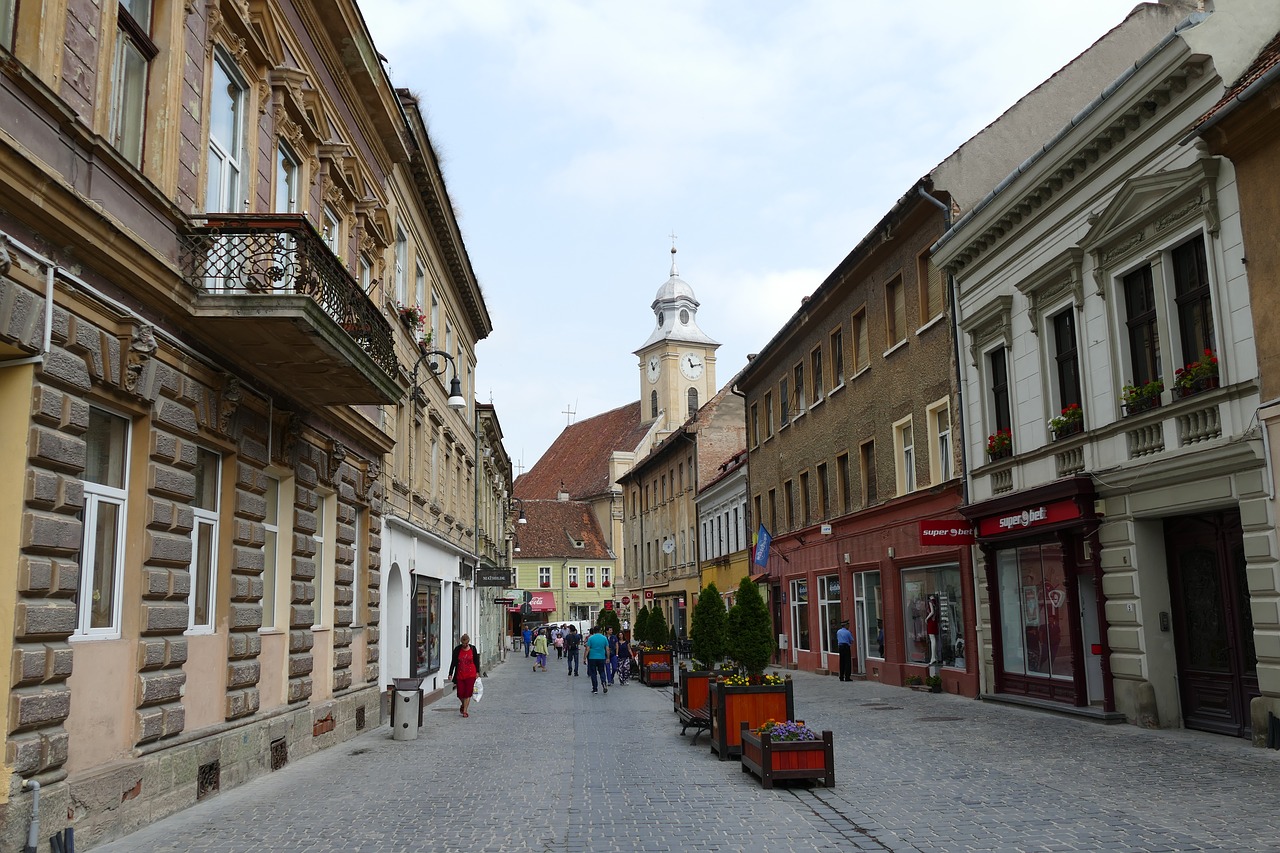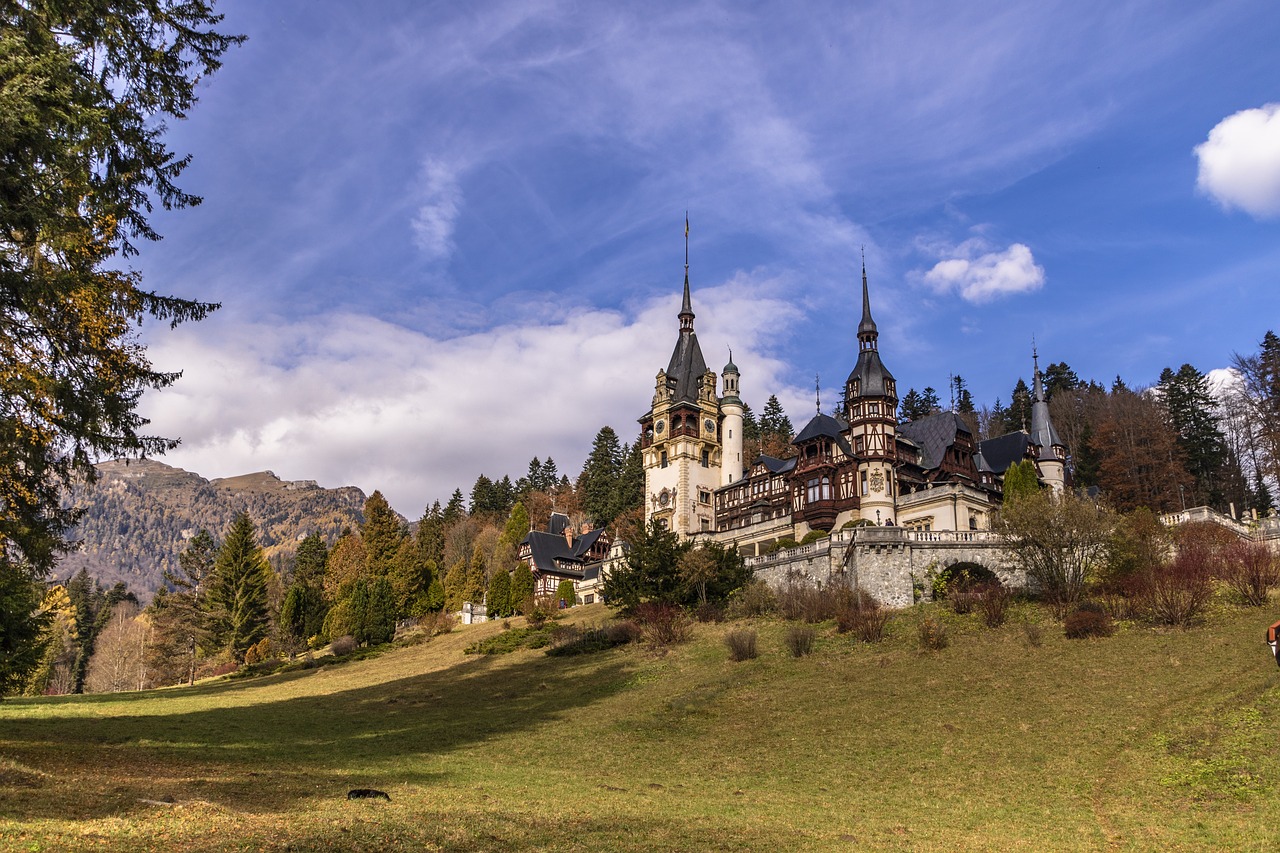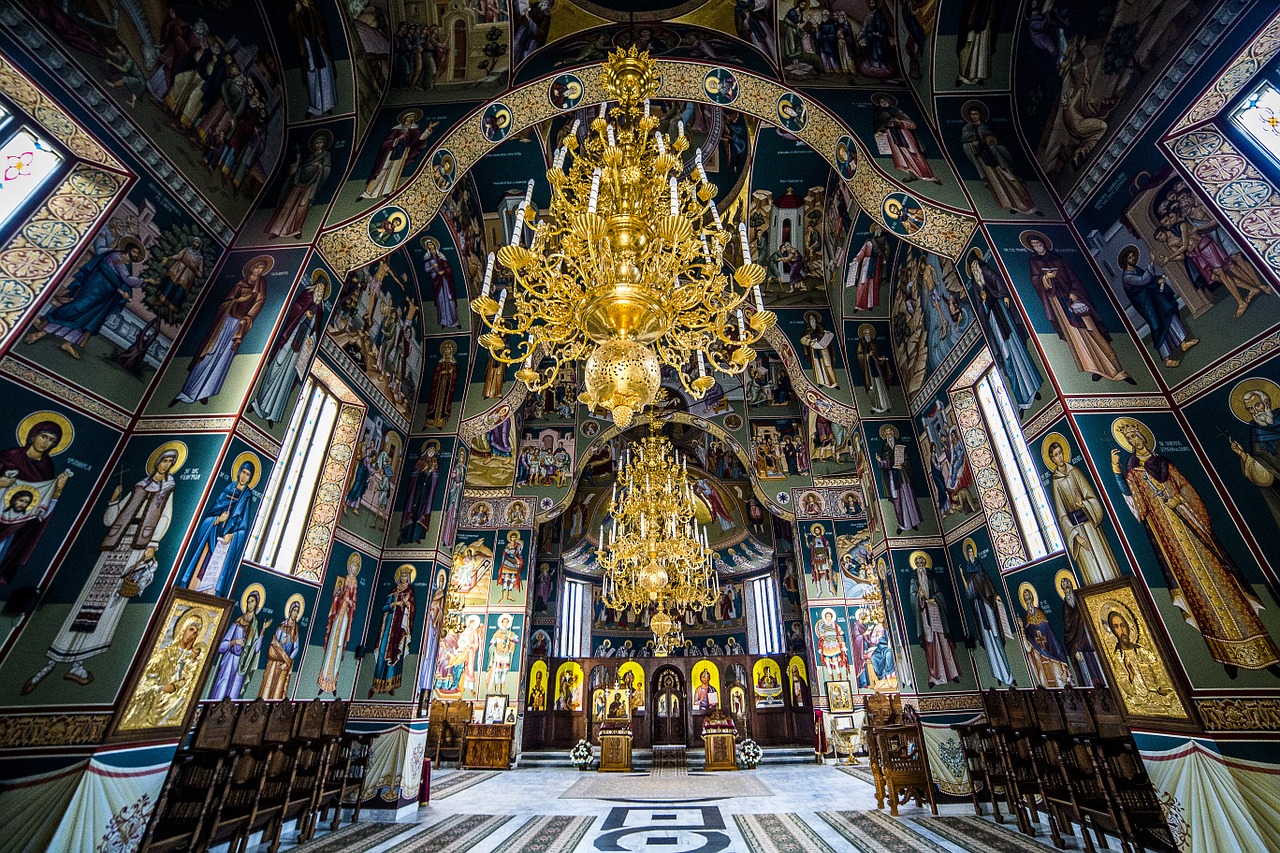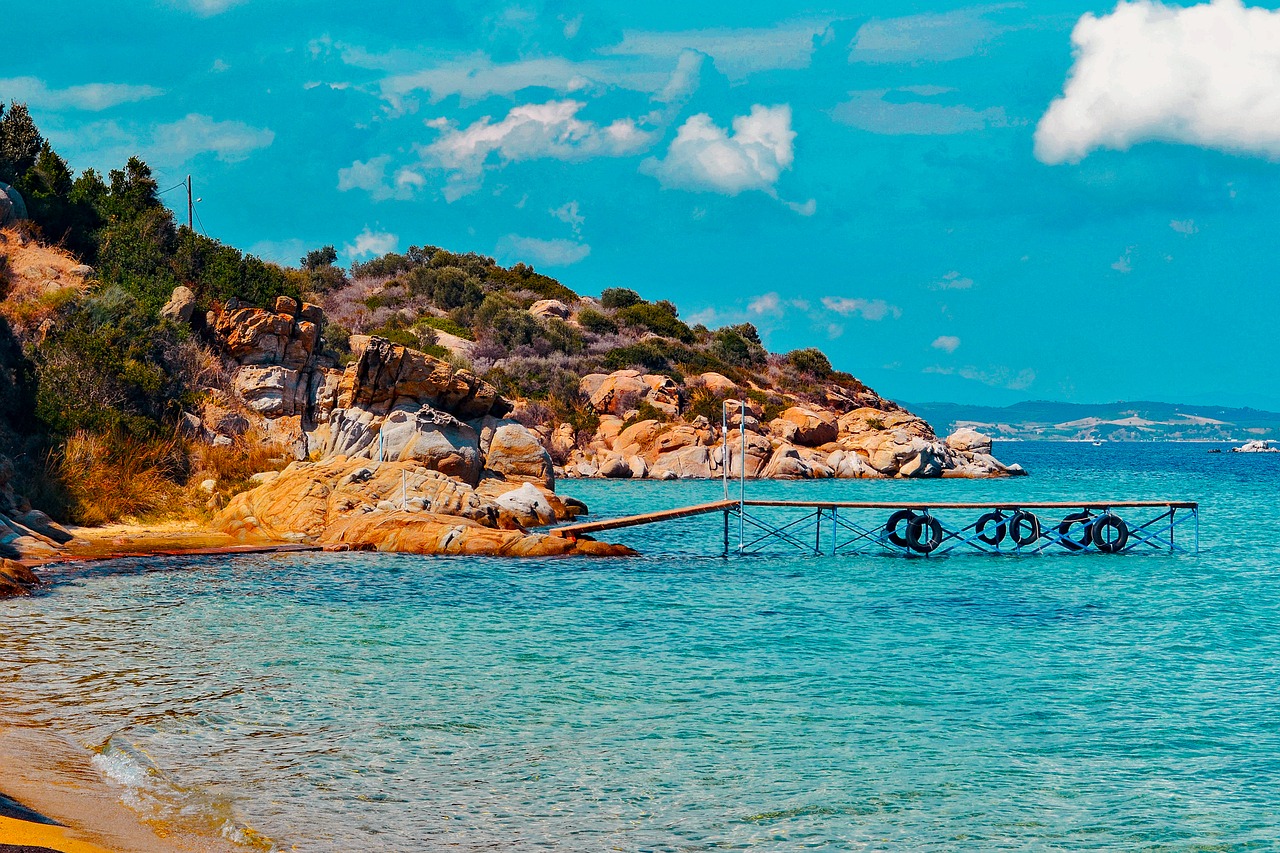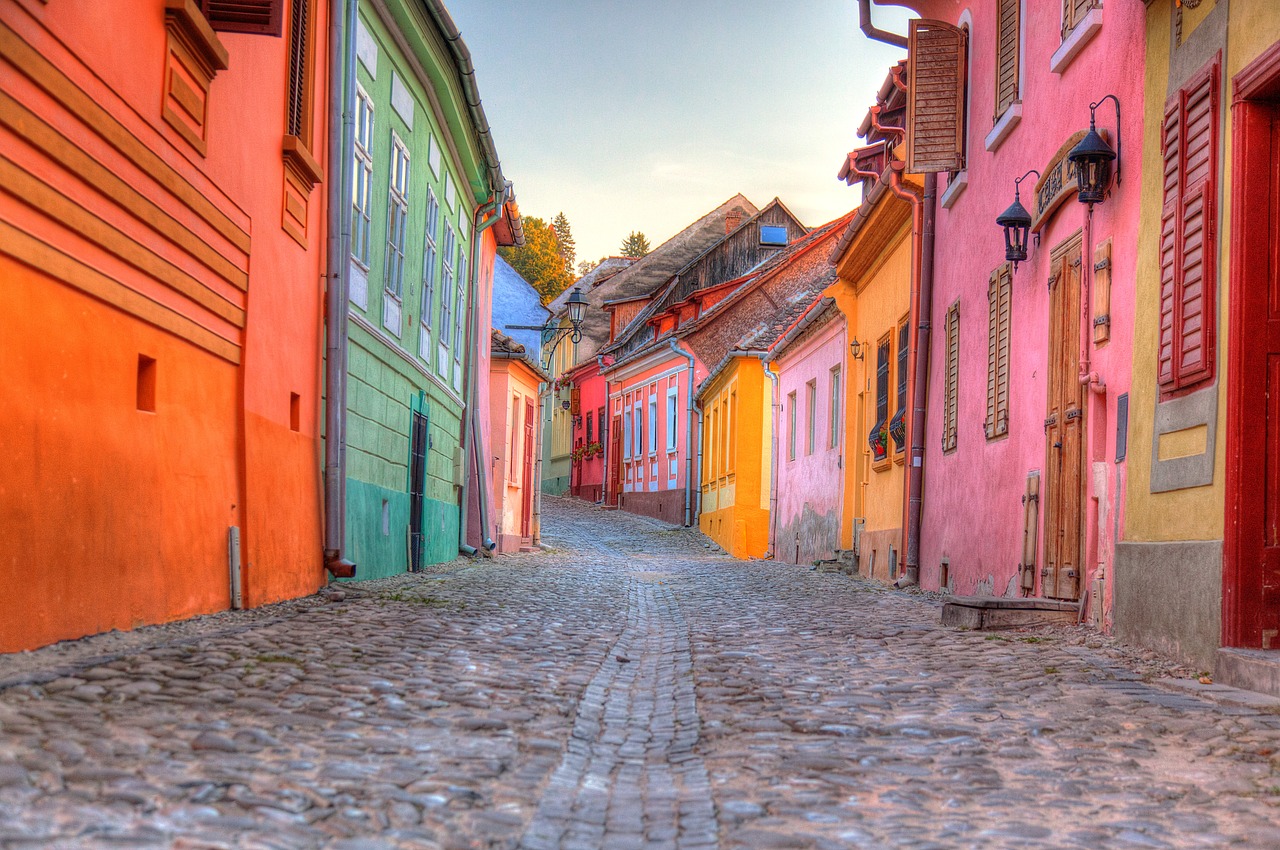Top 5 Best Cities to Visit
Bucharest, in southern Romania, is the country's capital and commercial center. Its iconic landmark is the massive, communist-era Palatul Parlamentului government building, which has 1,100 rooms. Nearby, the historic Lipscani district is home to an energetic nightlife scene as well as tiny Eastern Orthodox Stavropoleos Church and 15th-century Curtea Veche Palace, where Prince Vlad III (“The Impaler”) once ruled. Romanian peasant customs and crafts are on view at Muzeul National al Ţăranului Român. Traditional rural life can also be glimpsed at the open-air Muzeul Naţional al Satului, a “village” composed of preserved farmsteads and other buildings in Herăstrău Park, which also features gardens, restaurants, a theater, and boating on a central lake. Muzeul Național de Istorie a României traces the region’s history back to prehistoric times, while the 19th-century Sinagoga Mare din București houses a Jewish history museum. Performing arts are staged at the neoclassical Ateneul Român (Romanian Athenaeum).
Brașov is a city in the Transylvania region of Romania, ringed by the Carpathian Mountains. It's known for its medieval Saxon walls and bastions, the towering Gothic-style Black Church, and lively cafes. Piaţa Sfatului (Council Square) in the cobbled old town is surrounded by colorful baroque buildings and is home to the Casa Sfatului, a former town hall turned local history museum. Just beyond Council Square is the shop-lined street of Strada Republicii. In the neighborhood of Şchei, a Romanian enclave during Saxon rule, lies the reconstructed Orthodox St. Nicholas Church, originally built in the 1300s. The First Romanian School on the church grounds displays cultural artifacts like rare books. Nearby the 16th-century fortification of Weaver's Bastion, hiking trails and a cable car lead to the summit of forested Mt. Tâmpa. Attractions outside town include Bran Castle, long associated with the Dracula legend, and Poiana Brașov, a popular ski resort.
Sibiu is a city in Transylvania, central Romania. It’s known for the Germanic architecture in its old town, the legacy of 12th-century Saxon settlers. Around the city are the remains of medieval walls and towers, including the 13th-century Council Tower. In the upper town, Brukenthal Palace now houses the Brukenthal National Museum, with European paintings. The nearby Evangelical Cathedral has gravestones on its walls. The Passage of Steps is a 13th-century complex of staircases and archways leading to the lower town. The steps weave under the wrought-iron Bridge of Lies, reputedly the site of merchant disputes. East, near the train station, the Steam Engine Museum displays old locomotives from Romania, the U.S., and Germany. Surrounded by forests and lakes, the huge ASTRA Open Air Museum showcases local folk culture with hundreds of structures, including windmills, farmhouses, and a wooden church. Southeast of Sibiu, the Transfăgărășan Highway weaves over the Făgăraș Mountains, past Lake Bâlea and the hilltop Poienari Fortress ruins.
Sighișoara is a city on the Târnava Mare River in Mureș County, Romania. Located in the historic region of Transylvania, Sighișoara has a population of 28,102 according to the 2011 census. It is a popular tourist destination for its well-preserved walled old town, which is listed by UNESCO as a World Heritage Site. The city administers seven villages: Angofa, Aurel Vlaicu, Hetiur, Rora, Șoromiclea, Venchi, and Viilor.
Constanța is a city on the shores of the Black Sea, in southeastern Romania. Its long history, which goes back over 2,000 years, is documented at the National History and Archaeology Museum, near the port. The adjacent Roman Mosaics complex displays tiled floors dating back to the 4th century A.D. Nearby, the Great Mahmudiye Mosque is furnished with a vast Persian rug, while its towering minaret overlooks the city. The 19th-century Sts. Peter and Paul Cathedral are decorated with colorful Byzantine-style frescoes. An elegant villa near the town center houses the Folk Art Museum, where traditional costumes and religious icons are displayed alongside reconstructed rooms of peasant homes. Close by, the Art Museum exhibits paintings, sculptures, and ceramics by Romanian artists. The Romanian Navy Museum, near the harbor, is home to model boats and navigational instruments, plus outdoor exhibits including anchors and engines. Just north of the city, Mamaia is a popular beach resort.
Source: wikipedia




